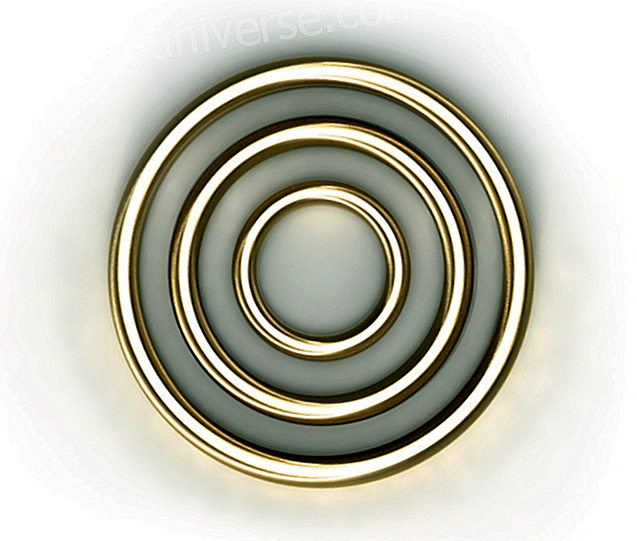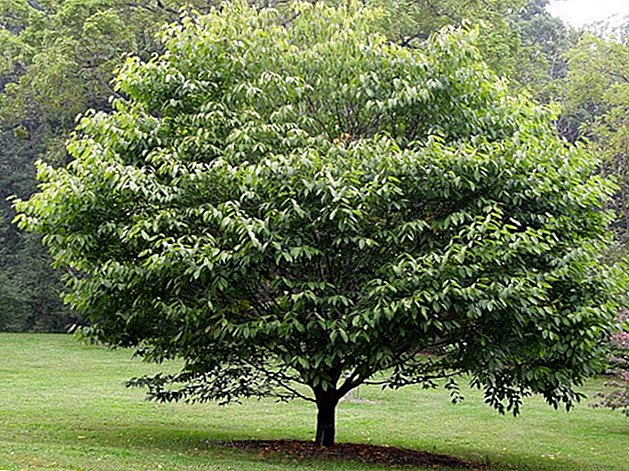Cranio-Acupuncture is a therapy derived from acupuncture that is performed on the scalp . It combines the knowledge of Traditional Chinese Medicine with the advances in physiology and the anatomy of modern western medicine.
This is a technique that uses very small needles that are placed at various points to achieve therapeutic effects . Unlike body acupuncture, the skull-acupuncture provides rapid results in the treatment of health problems related to the nervous system.
Bases and benefits of skull-acupuncture
The acupuncture skull is a technique by which acupuncture filiform needles are inserted into the surface of the skull (scalp). These are thinner and shorter needles than those used in classical acupuncture .

The objective is to stimulate various areas (bands) of the surface of the skull (reflex stimulation zones) that are related to various bodily functions.
The acupuncture skull is a type of microsystem acupuncture in which subacupuncture techniques are used in various parts of the body.
Other types of microsystem acupuncture are Abdominal Acupuncture, Auriculotherapy, Facioacupuncture and Foot Reflexology.
What does cranium acupuncture treat?
- Tinnitus
- Ciatia and cervicalgia.
- Insomnia.
- LCA, hemiplegia, aphasia.
- Locomotor system problems.
- Cerebral palsy.
- Dizziness and dizziness
- Other diseases.
Skull-acupuncture schools
The cranium-acupuncture has several "systems" or "schools" that provide the therapist with several resources to perform the treatment.
These systems are not exclusive, but complement each other.

The skull-acupuncture of Jiao Shunfa
Jiao Shunfa was the first to publish a work on skull acupuncture and gave rise to this therapy as a microsystem.
Initially the areas (acupuncture points) reflected by Jiao were based on the establishment of parts of the cerebral cortex with specific functions. Over time, these bands had names associated with the affected functions at the brain level.
Zhu Mingqing's skull acupuncture
The school of Zhu Mingqing, a famous doctor originally from China, is very popular in the United States due to the excellent results obtained in the treatment of diseases of the nervous system.
This system is one of the most practiced, especially in the treatment of urgent cases or acute diseases, since it has the advantage that its results are immediate.
Fang Yunpeng's skull acupuncture
Dr. Fan Yunpeng, originally from China, is a teacher who has created a different system than the rest, because it is not based on the Jiao Shunfa system.
In this system, instead of placing bands on the skull, it locates a lot of very specific points. Perhaps Fang Yunpeng's system is the most extensive and complete, as it can address a host of health problems .
Yamamoto's Japanese skull-acupuncture
Yamamoto Toshikatsu's school is one of the most practiced in the West. This doctor from Japan created a system that performs a Yin-Yang division of the cranial area .
This therapy is mainly performed in the anterior area of the skull and most of the points are located in that part of the body. The treatment has obtained good results to treat cardiovascular accidents, diseases of the nervous system and other neurological problems such as paraplegia.
The skull-acupuncture of Roberto González
Dr. Roberto González is a Mexican researcher who has compiled the information on skull acupuncture in the book “Craneoacupuncture”, where he also presents his micro acupuncture system, a very novel and interesting system, since it uses resources from several schools .
Skull-acupuncture as therapy is based on all these schools, which are used alone or in combination to provide the greatest benefits to the patient.
Each of these systems has its pros and cons, but they all evolve constantly, as scientific knowledge advances, for example, in brain physiology and neuroscience.
Seen in MTC Project, by Pedro, editor of the White Brotherhood






